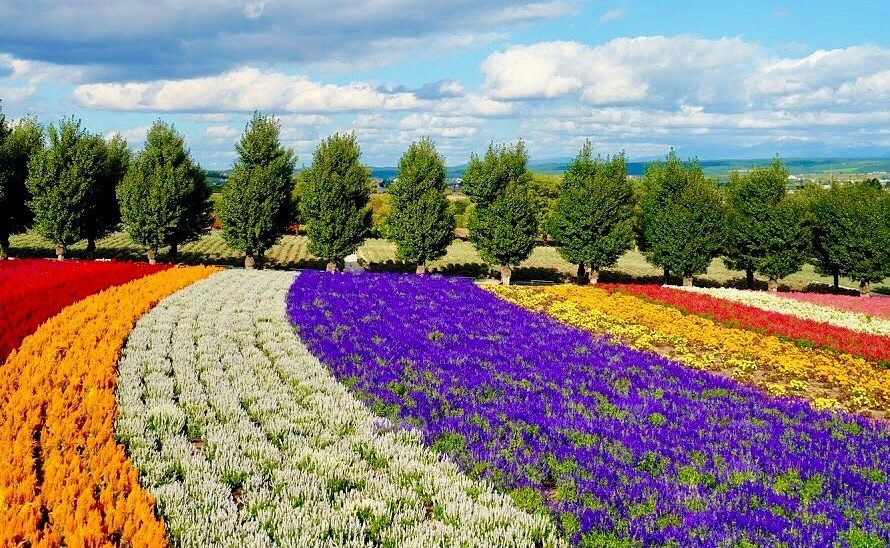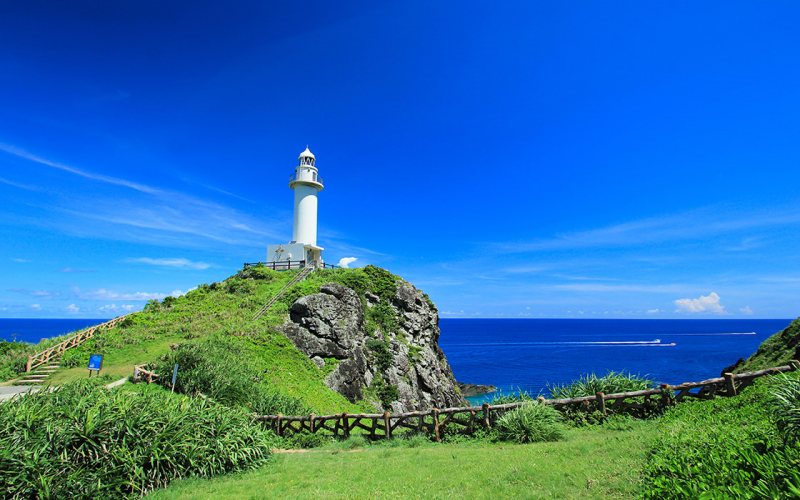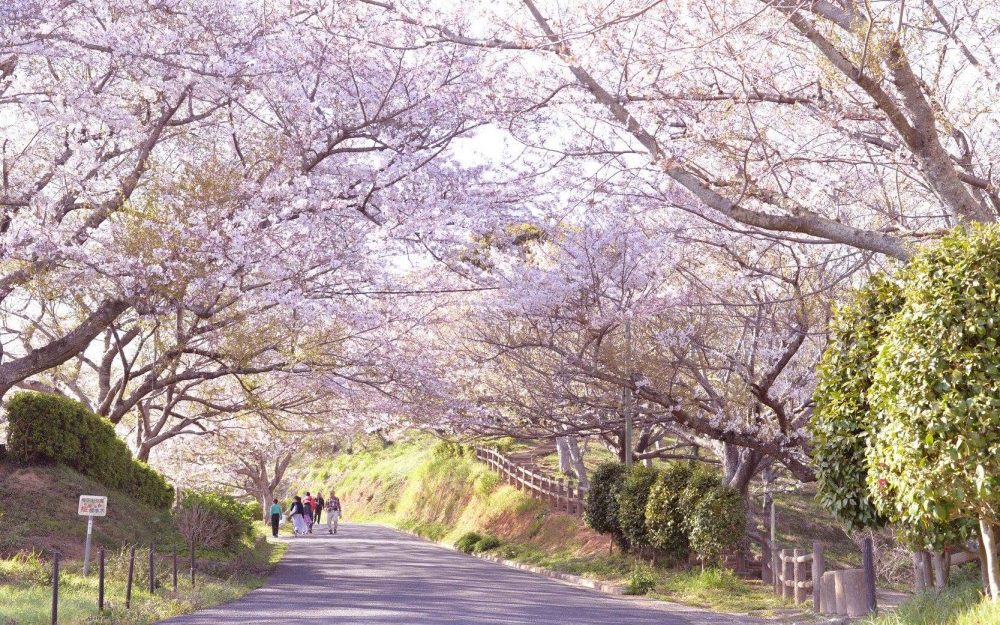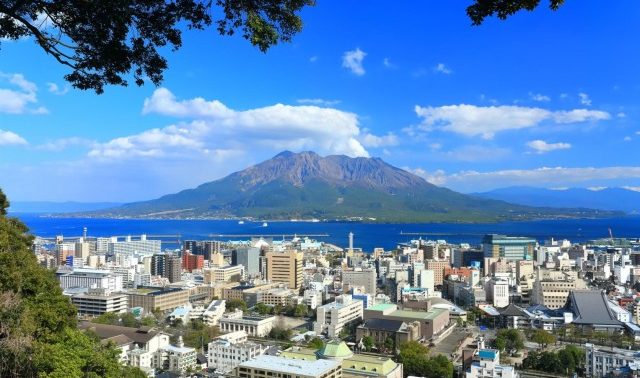Chiyoda Ward stands as the epicenter of Tokyo, a paramount district among Japan's 23 wards. This is a place replete with all the charms of Tokyo, encompassing Tokyo Station and the Imperial Palace, adorned with historical relics, cultural heritage, as well as gastronomic delights and various other pleasures.
The "Tokyo Grand Corridor Photography Contest" is an event organized by the Chiyoda Ward Tourism Association, dedicated to promoting the distinctive charm of Chiyoda Ward both domestically and internationally.
In this instance, we present six "scenic points most conducive to photographic capture" in Chiyoda Ward based on previous award-winning works.
Abounding in historical landmarks, the scenic beauty of Chiyoda Ward is truly captivating.
Shin Marunouchi Building(新丸ビル)
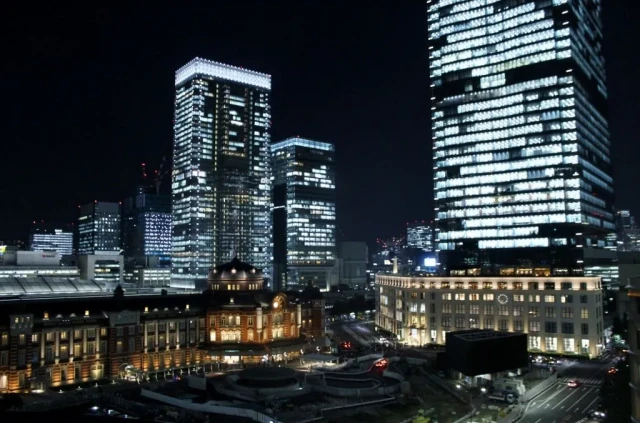
The Shin Marunouchi Building, a testament to architectural ingenuity, emerged in 2007 as a redevelopment of the original structure constructed in 1952.
A prominent landmark in Chiyoda Ward, affectionately known as the "Shin Maru Building," it also served as a captivating backdrop for the "6th Tokyo Grand Corridor Photography Contest."
With seamless integration into the aesthetic tapestry of the Imperial Palace and Tokyo Station, this 38-story edifice, soaring to approximately 200 meters, provides a panoramic spectacle of Tokyo Station, offering a breathtaking vantage point to directly immerse oneself in the allure of Tokyo's night skyline.
- Shin Marunouchi Building(新丸ビル)
- Address: 1-5-1 Marunouchi, Chiyoda-ku, Tokyo Google Map
- Official Website: https://www.marunouchi.com/building/shinmaru/
Wadakura Fountain Park(和田倉噴水公園)
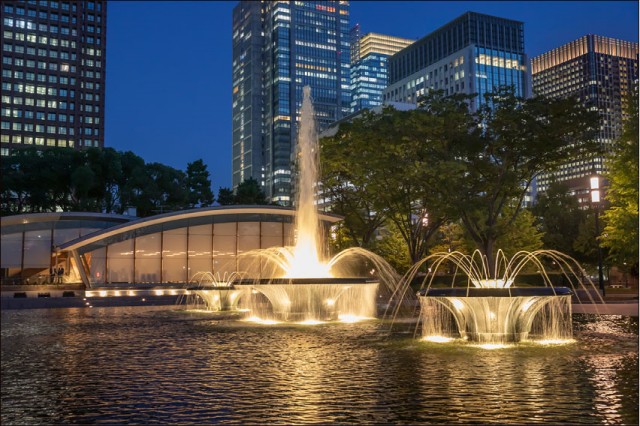
Constructed in 1961 to commemorate the grand wedding of the Emperor, Wadakura Fountain Park centers around a large fountain, embodying the theme of "regeneration" and boasting numerous splendid water displays. True to its name, visitors can revel in the beauty of fountains, including cascading waterfalls evoking a sense of "breath" and spherical fountains symbolizing "eternity."
In 1993, with the concept of "continuity and new development" during the Emperor's wedding, it was transformed into a park, creating a space rich in water and greenery. Today, it stands as a leisure destination for many and ranks among Tokyo's most beloved parks.
- Wadakura Fountain Park(和田倉噴水公園)
- Address: 3-1 Outer Garden, Chiyoda-ku, Tokyo Google Map
- Official Website: https://fng.or.jp/koukyo/place/historical/ruins-gaien/wadakurafountainpark
Hotel New Otani(ホテルニューオータニ)
Renowned as one of the "Big Three Hotels" alongside the Imperial Hotel and the Okura Hotel, the Hotel New Otani stands as a paragon of Japanese luxury accommodations.
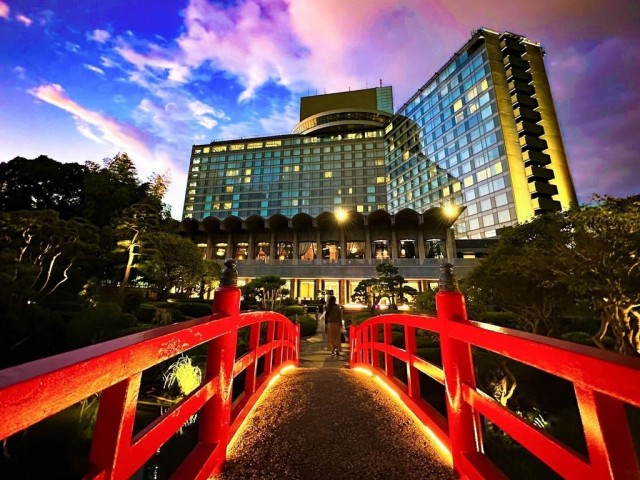
Distinguished by its magnificent 10,000-square-meter pond-style Japanese garden, which dates back to the Warring States period under the ownership of Kato Kiyomasa and later the Kaganoi family during the Edo period, the hotel offers a lavish experience in both dining and lodging.
Established in preparation for the 1964 Tokyo Olympics, this establishment boasts a garden with a history spanning over 400 years, providing a captivating immersion in the charm of Edo-era aesthetics. It leaves visitors questioning if they are truly amidst the bustling heart of Tokyo, making it a quintessential representation of Chiyoda Ward's cultural richness—a must-experience, at least once.
- Hotel New Otani(ホテルニューオータニ)
- Address: 4-1 Kioi-cho, Chiyoda-ku, Tokyo Google Map
- Official Website: https://www.newotani.co.jp/tokyo/
mAAch ecute Kanda Manseibashi(マーチエキュート神田万世橋)
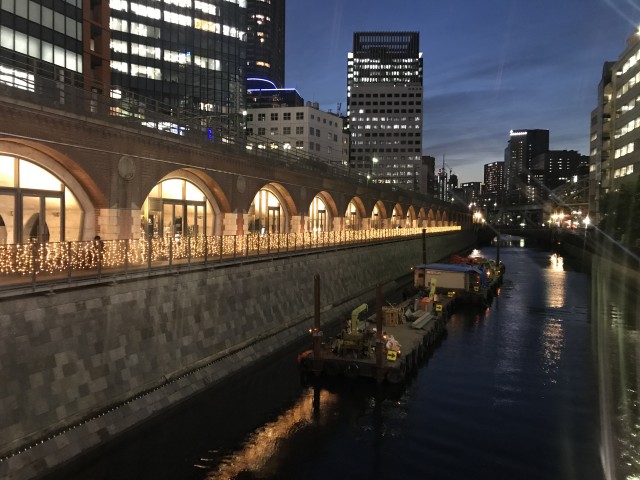
The Wanseibashi Station, completed in 1912, is situated between the current Kanda Station and Ochanomizu Station.
MAAch ecute Kanda Manseibashi is a revitalized hub, having served as a representative station on the Chuo Line until the opening of Tokyo Station in 1943.
Utilizing the exceedingly rare red brick structure and the distinctive design of an elevated bridge prevalent today, it has been transformed into a tasteful commercial facility. An array of shops and cafés stand in abundance, catering to your intellectual curiosity for culture and knowledge. One can relish the pleasures of this locale with a leisurely stroll.
- mAAch ecute Kanda Manseibashi(マーチエキュート神田万世橋)
- Address: 1-25-4 Kanda Sudacho, Chiyoda-ku, Tokyo Google Map
- Official Website: https://www.ecute.jp/maach
Nijubashi Bridge(二重橋)
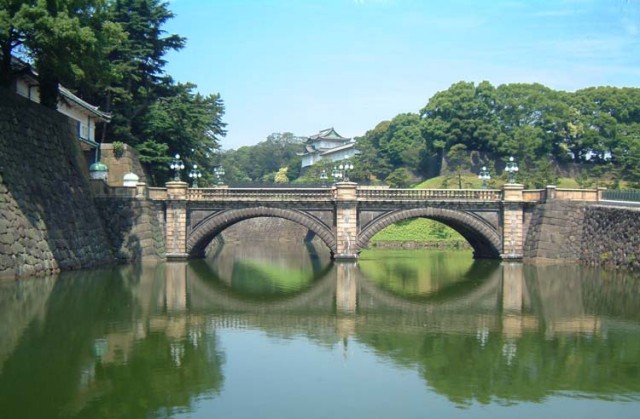
"Nijubashi Bridge" refers to the collective term for two bridges, namely the "Seimon Iron Bridge" and the "Seimon Stone Bridge," constructed over the moat in front of the main gate of the Imperial Palace. This bridge has evolved over time, originating in the Edo period, transitioning into an arched structure during the Meiji era, and eventually transforming into an iron bridge, shaping its current form.
Initially, only the rear-facing "Seimon Iron Bridge" was dubbed "Nijubashi Bridge," owing to its unique double-deck structure with a platform supporting the bridge in the middle. When reflected in the waters of the moat, the bridge creates a captivating spectacle reminiscent of the "Meganekyo Bridge," making it a picturesque location worthy of admiration.
- Nijubashi Bridge(二重橋)信息
- Address: 1-1 Outer Garden, Chiyoda-ku, Tokyo Google Map
- Official Website: https://sankan.kunaicho.go.jp/multilingual/koukyo/place08.html
Hie Shrine (日枝神社)
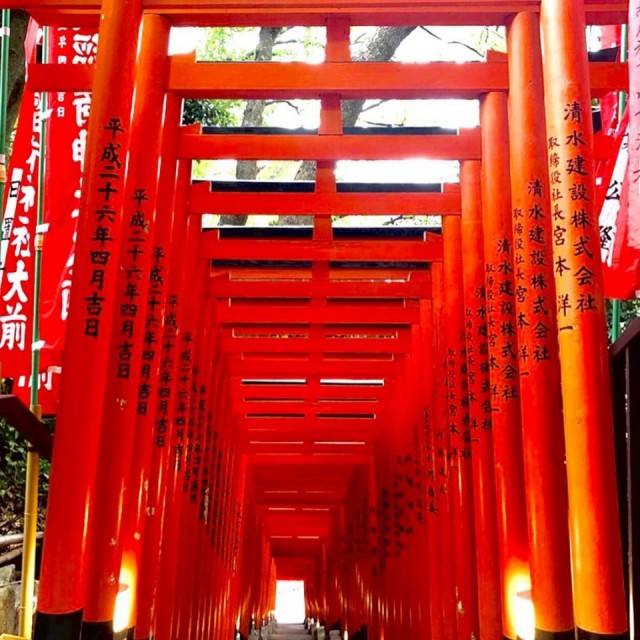
At the Atsuta Shrine, a corridor adorned with vibrant vermilion torii gates unfolds, reminiscent of the Fushimi Inari Taisha in Kyoto.
Renowned as the stage for the Sanja Matsuri, one of the Edo Sanja Matsuri, along with the Kanda Matsuri of Kanda Shrine and the Fukagawa Matsuri of Tomioka Hachimangu, it stands as a vibrant spectacle.
Founded during the construction of Edo Castle, the Kawagoe Hie Shrine, later moved to its current location in 1659 after being designated as the guardian deity of Edo Castle by Tokugawa Ieyasu. This shrine boasts a rich history, offering numerous picturesque spots such as the lush courtyard and the Treasure Hall, which houses many national treasures.
- Hie Shrine (日枝神社)
- Address: 2-10-5 Nagata-cho, Chiyoda-ku, Tokyo Google Map
- Official Website: https://www.hiejinja.net/
Chiyoda Ward's tourist attractions offer a leisurely setting for a casual stroll, providing the perfect opportunity to capture photographs that exceed one's expectations. Why not seize the moment to snap a memorable photo during the exploration of historical landmarks, creating an image that will beautifully resonate on social media?
